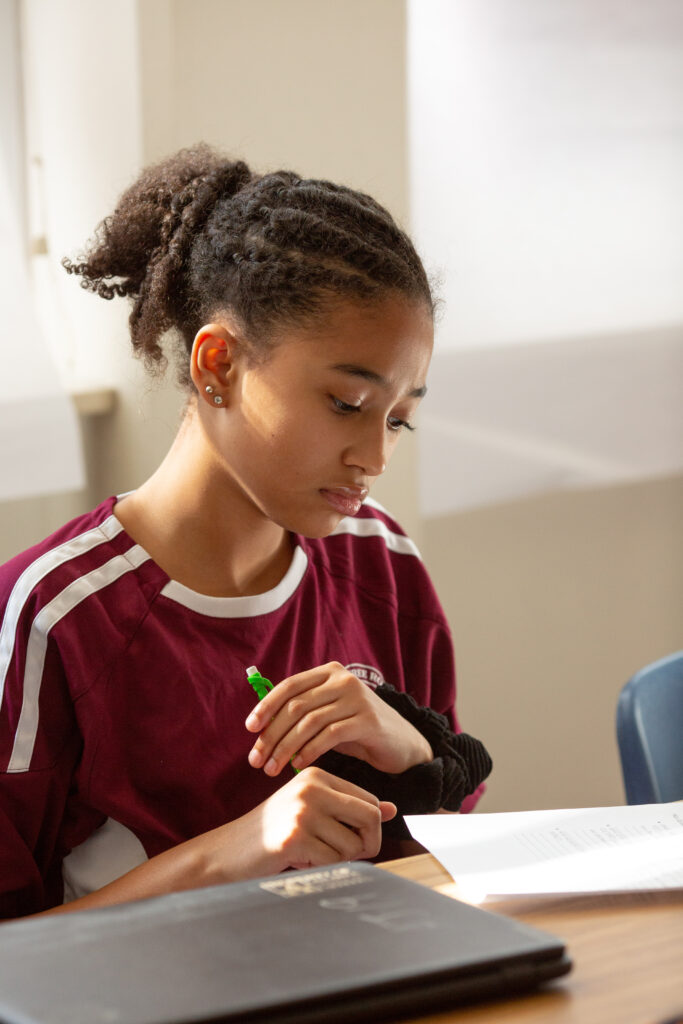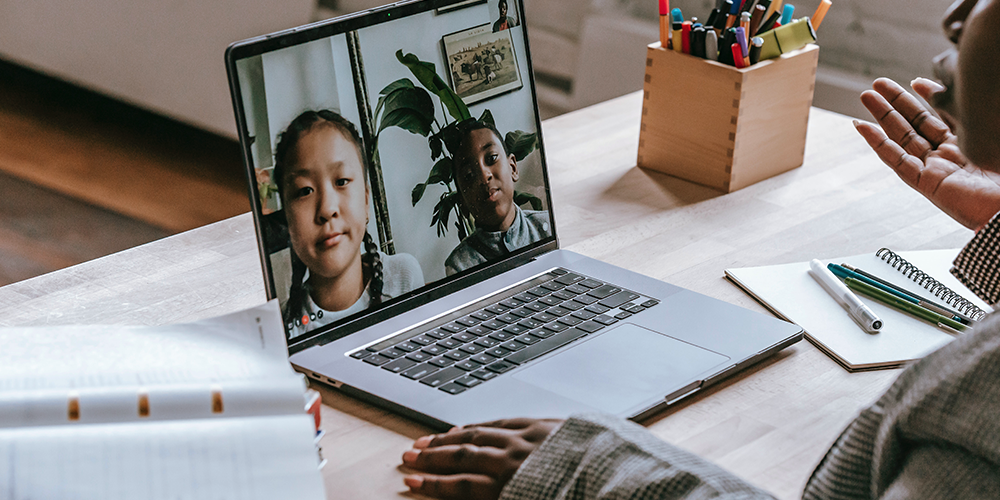March 13, 2020 marked the last day we saw every student on campus at any school in Wake County Public School System. Since then we’ve been trying to reimagine how we do school and how we meet the needs of all of our students. Prior to the global shutdown, one of our major focuses was implementing policies and improving instruction to ensure equity for all students. We saw WCPSS expanding the Office of Equity Affairs, adding more people to the staff. There was a significant increase in professional learning opportunities focused on racial equity. The number of school-based staff and student equity teams began to increase across the district. Policies around discipline and access to programming also began to shift. What we have come to learn during this time of development as a district is that unlike equality, equity is not about giving all students the same thing, it’s about providing students with what they need in order to be successful academically. I like to use the analogy of buying shoes for students. If we buy all our students the same shoe in the same size, inevitably many of those shoes won’t fit a lot of students. This is equality. If we take the time to find out what size shoe our students wear, and even consider the kind of shoes students like, then we are more likely to purchase shoes that fit their needs.
School closures due to COVID-19 have, more than ever, exposed a lot of harsh realities that educators have had to reckon with during this pandemic, and as result, equity work has become very difficult. One of those realities is that many of our students lack the necessary resources to meet the academic standards expected of them by the school system. For example, when everything shut down and school districts moved to 100% remote learning, the reality was that not only did families not have the devices necessary for all of their students to engage in remote learning, but many families don’t have internet access for the devices in the home. These inequities exist due to socioeconomic gaps, which existed prior to COVID-19 but are much harder to ignore in our current world. Inequities due to language barriers are also prevalent. In a remote world, digital communication (i.e. email, text messaging, phone calls, etc.) are our primary way of connecting with families. But what happens when the families you serve don’t speak English? Pre-pandemic, did you have a system in place to ensure your ESL families are receiving regular correspondence from the school?

Inequities due to race is a little more complex because although data continues to show that Black & Latinx students are negatively impacted by school policies around discipline, and are not achieving academically at the same level as their White and Asian peers, it is sometimes difficult to draw a direct correlation between our school practices and their impact on race. For example, it has been the policy of school districts across the country to suspend students for a variety of reasons, but what we see is that this policy of excluding students as a means of behavior management is resulting in the exclusion of Black students more than any other demographic. Another example we can look at is the disproportionate number of Black and Latinx students identified as requiring special education services while those two demographics are disproportionately identified less in academically and intellectually gifted programs. This is a reality despite no scientific evidence supporting a difference in brain development and/or learning capacity due to race.
So the question is, how are schools working to alleviate these disparities? Based on my experience and research, there is not an easy answer. I don’t have a Top 5 list of instructional practices or a set of hacks that you can begin implementing with fidelity that will address the inequities that exist in schools. Of course, you can begin reading the works of Zaretta Hammond and Gloria Ladson-Billings, or go listen to the Nikole Hannah-Jones’ 1619 Project podcast. You can even watch Sonia Lowman’s documentary film Teach Us All. You can engage in all of these amazing pieces of work but I believe wholeheartedly that, in addition to consuming the works of educational scholars, equity work is internal work and it requires grappling with our personal ideals and misconceptions before we seek to make systemic change. In my own journey, I’ve had the opportunity to participate in extensive training and professional development that challenged not only my thinking, but challenged my pedagogy. Sessions like Beyond Diversity and the Racial Equity Institute took me through multiple days of rigorous content that challenged my misconceptions about race and identity. I’ve had to reckon with my own implicit bias as well as how power and privilege show up in my own life. Equity work is difficult work, which requires personal fortitude to challenge conventional thinking, the audacity to take risks, and the resilience to stand in the face of criticism. In addition, equity is not an initiative. Even though I certainly see the value in schools creating equity teams and implementing equity-based professional development, if we see it as just an initiative we’ll continue to miss the mark. Instead of viewing equity as an initiative, equity should be the lens through which we see all initiatives. When we plan instruction in our PLTs and create school-wide policies, one question that should always be at the forefront is “how can we ensure equitable access, opportunities, and resources for all students?”

Lastly, we need to understand why disparities exist in education in the first place. In order to effectively do equity work, it is essential to have a firm understanding of history and how it has shaped the policies that determine outcomes for certain groups in our country. So, my final words to all educators who seek to do equity work are, be brave and remain steadfast. Always remember that if people aren’t uncomfortable then you’re not doing equity work, because true growth occurs outside our comfort zone.







